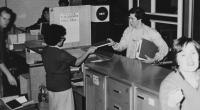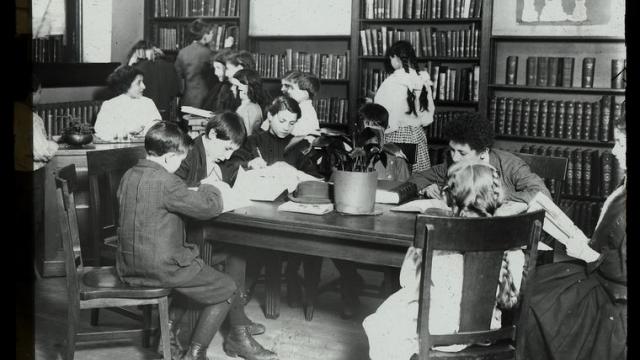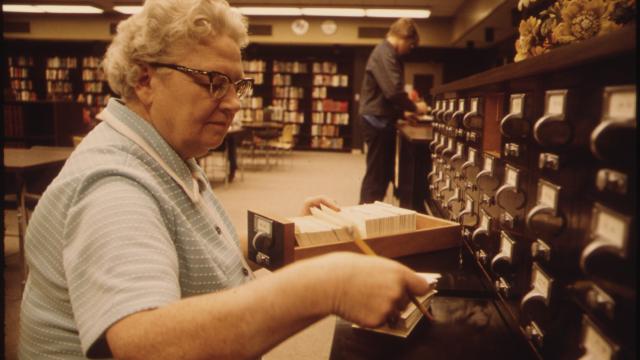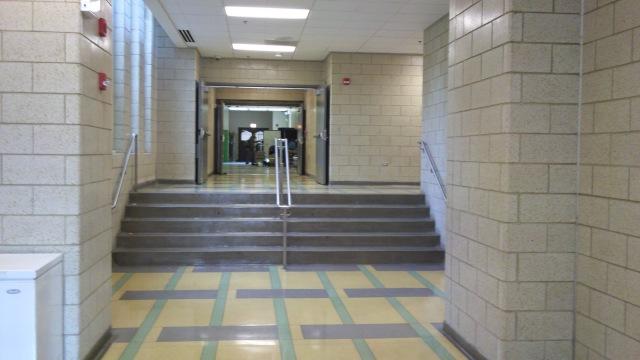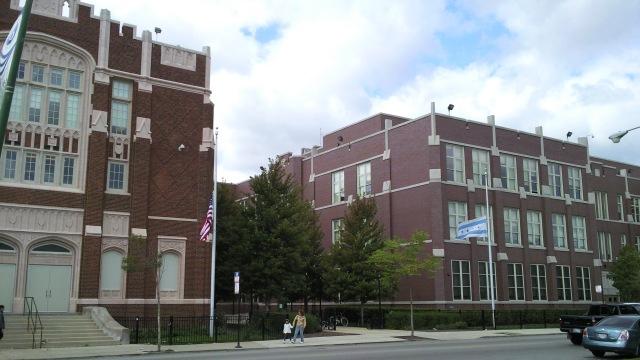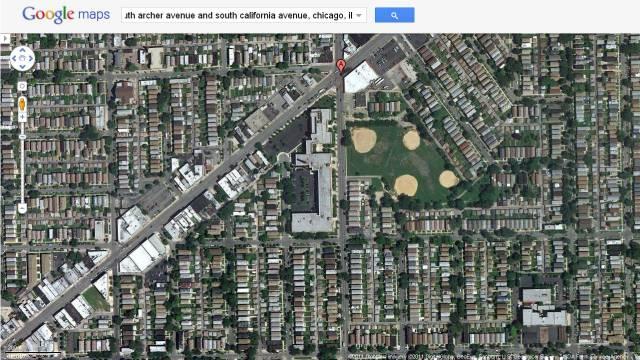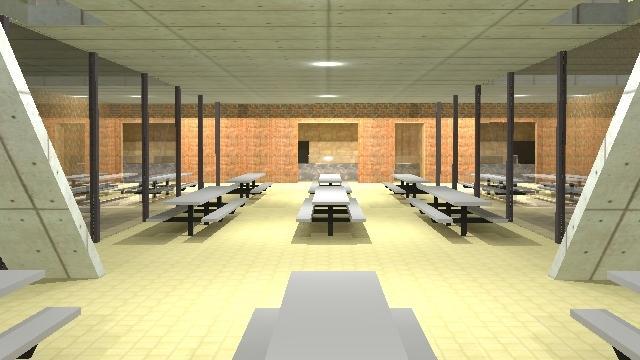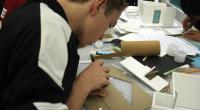
2012 national competition project #218 | cafeteria redesign
Our goal here in this project to is create a more efficent and comfortable cafeteria space for the students at Delta High School. In order to do so we must have certain necessities.
Necessary Cafeteria Functions:
- Variety of seating options for students: Students will need areas where they can easily talk to each other. In addition there should be more than one arrangement for the seating arrangements, to make sure the students can afford to experience more than one seating option.
- Kitchen Food Prep and storage area: A school cafeteria’s main purpose is to serve the students and faculty food in the most efficient way possible. This means that space for food preparation and food storage are necessary.
- Serving Area: In order for the students and faculty to receive their meals an area in which to serve them is also necessary. Without an area to serve the costumers there would be no food being distributed, thus diminishing the basic purpose of a school cafeteria.
- Clean Up Areas: When serving children and adults, accidents are bound to happen. To help accommodate these accidents and clean up area would be necessary. In addition a cleanup area would be necessary for servers to make sure their hands and other serving utensils are sanitized.
- Sustainable: When building such a large room with so many different materials and such to create it you want to make sure that those materials are cost efficient while no harmful to the environment. An overuse of non-sustainable materials can lead to many problems in the future.
- Room Capacity accommodates the school size: In any school you want to make sure the cafeteria can sustain and serve as many students and the school might offer. In this particular situation we will need to accommodate 200 students all at once. That is of course if we continue to have two different lunches. Otherwise we would need to be able to hold at least 400 students.
- Student Store: Many students and staff will receive their lunch from the school’s student store operated by the school senators, a cafeteria’s main purpose is to feed students and staff, if there is a part of a building that does that it also needs to be considered as a part of the cafeteria.
- The Microwaves in the E and R Buildings: These microwaves may not be located directly in the cafeteria are a necessary component to the school’s cafeteria because some student may decide to bring their own lunch to school, in order to eat these lunches they may need a microwaves assistance. In order for the Cafeteria to maintain its definition it the microwaves are necessary.

